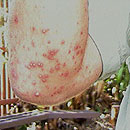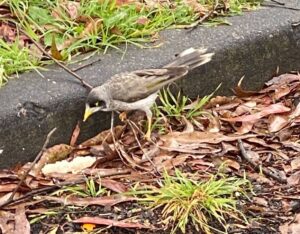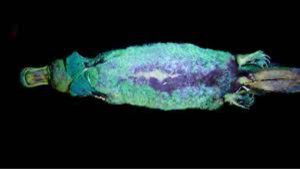Imagine what life would be like if you could never have a barbecue, go on a picnic or play outdoor sports. Gardening and walking barefoot would be out of the question, your kids couldn’t play in the backyard and you couldn’t have a pet.
It sounds incredible, but a tiny ant could actually have that sort of impact on your life.
Unwelcome visitors
The red imported fire ant (Solenopsis invicta) is native to South America. It was first discovered in Australia in February 2001, when two well-established infestations were found in Brisbane.
It’s thought that the ants entered the country via seaports and remained undetected for about 5 years. Fire ants have now been found at 730 sites in Brisbane’s south-east corner. Unless these ants are controlled, they could spread up to 600,000 square kilometres over the next 30 years. It’s possible that small infestations already exist in other states.
Why worry about them?
As well as invading our backyards, parks and recreational areas, fire ants become very agitated when disturbed and inflict fiery stings. The bites are very painful, and may form pustules and become infected. In rare cases fire ants can cause a severe allergic reaction (anaphylaxis) in the victim. Fire ant stings are powerful enough to immobilise and kill small native fauna. There is concern that they will wipe out insects, native ants, cockroaches and lizards. Fire ants damage crops, paddocks and agricultural equipment. In fact, the Australian Bureau of Agriculture estimates that fire ants will cause losses of $6.7 billion over the next 30 years. Programs to get rid of fire ants will be costly. A $123 million, five-year effort is already under way to eradicate them, but this could increase to $7 billion over the next 30 years.
Identification
In order to eradicate fire ants, it is important that members of the public are able to identify them, and report any infestations immediately. These ants are: small, 2-6mm long reddish-brown and black in colour very aggressive
If you suspect there are fire ants on your property or in your area, ring the fire ant hotline in your state:
Fire Ant Hotlines
QLD 13 25 23
NSW 1800 888 251
VIC
136 186
SA
(08) 8269 4500
NT
(08) 8999 2138
TAS
(03) 6233 3353
WA
(08) 9368 3333
ACT
(02) 6207 9777










